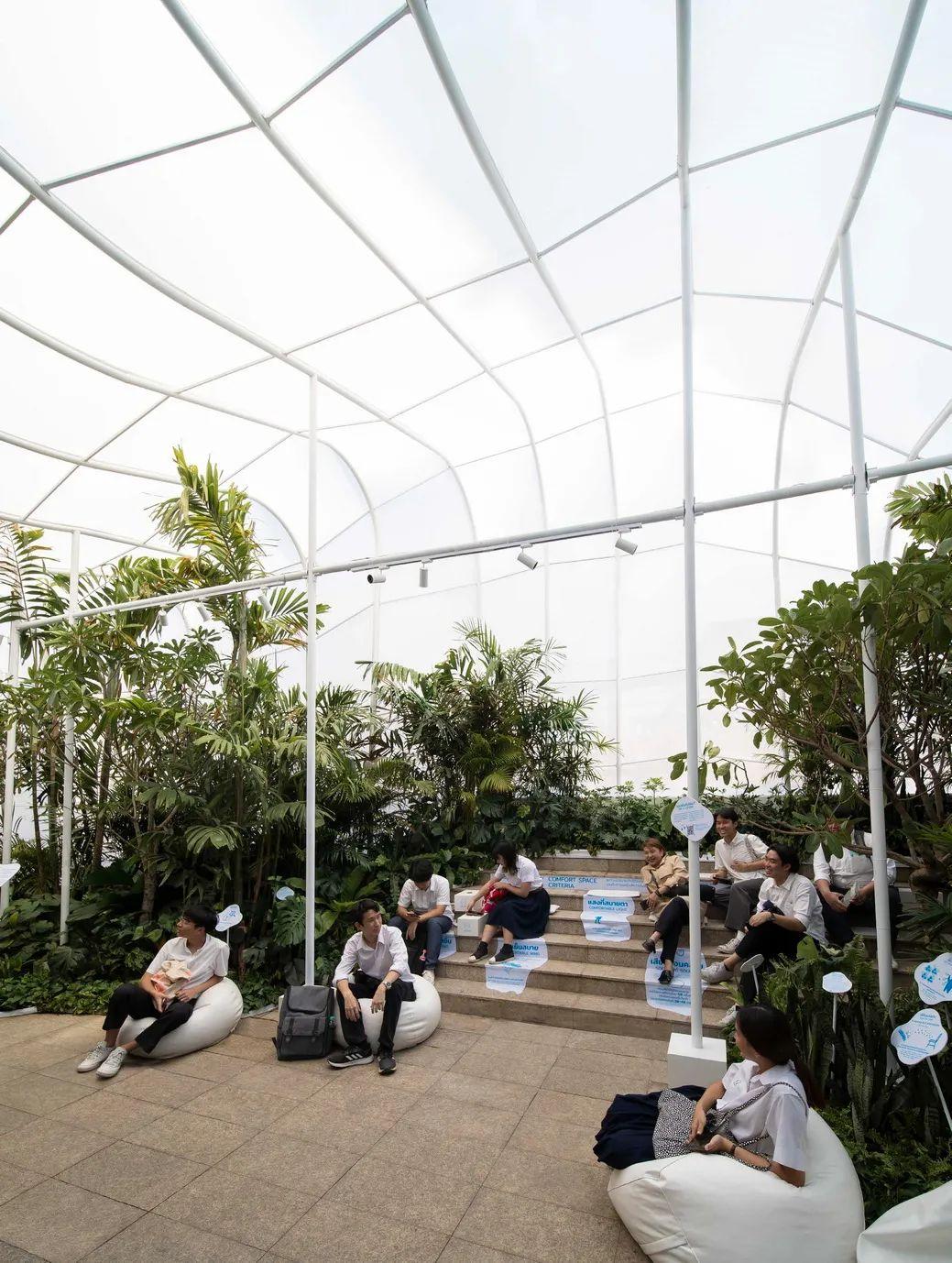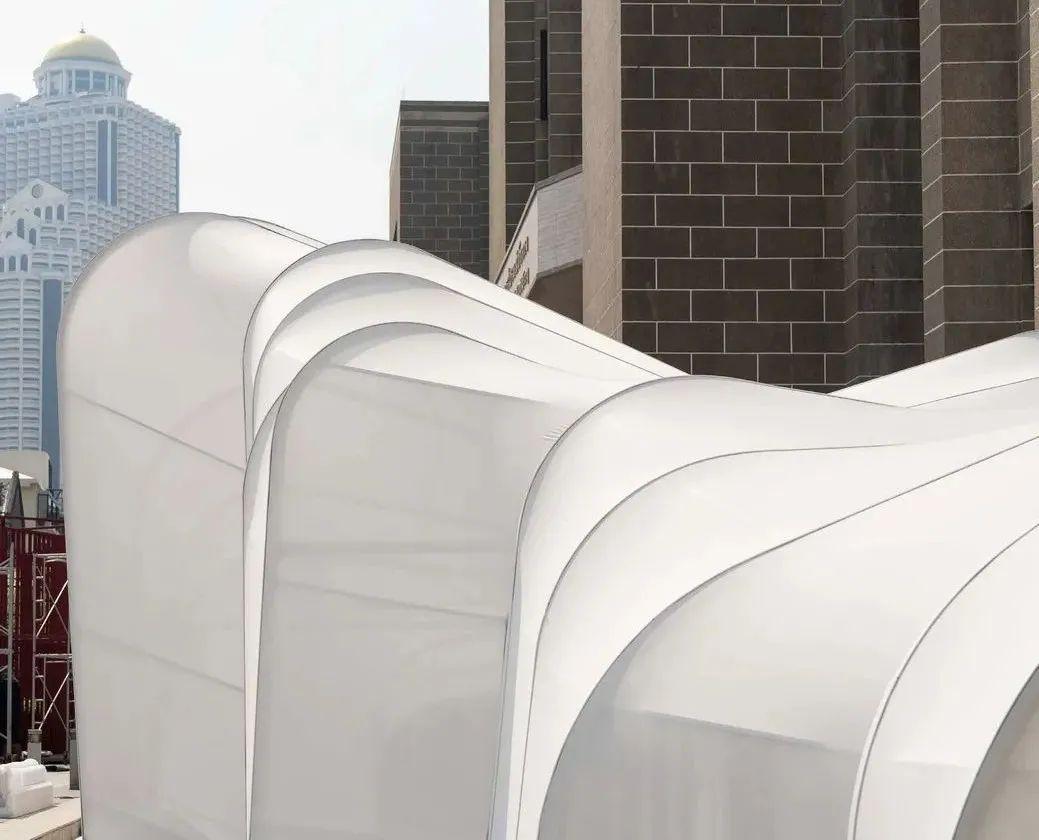Innovative Pet Shelter Design Ideas for a Cozy and Safe Haven
Guide or Summary:Introduction to Pet Shelter DesignUnderstanding the Needs of PetsKey Elements of Effective Pet Shelter DesignInnovative Design Ideas**Trans……
Guide or Summary:
- Introduction to Pet Shelter Design
- Understanding the Needs of Pets
- Key Elements of Effective Pet Shelter Design
- Innovative Design Ideas
**Translation of "pet shelter design":** 宠物收容所设计
Introduction to Pet Shelter Design
The concept of pet shelter design is crucial for creating safe, comfortable, and functional spaces for our furry friends. Whether it's a temporary refuge for stray animals or a permanent home for pets awaiting adoption, a well-thought-out design can significantly enhance the quality of life for these animals. In this article, we will explore innovative ideas and principles behind effective pet shelter design that not only cater to the needs of pets but also provide a welcoming environment for visitors.
Understanding the Needs of Pets
Before diving into the specifics of pet shelter design, it is essential to understand the unique needs of different animals. Dogs, cats, and other small pets have varying requirements when it comes to space, comfort, and safety. For instance, dogs typically need ample space to move around and play, while cats often appreciate vertical spaces for climbing and exploring. Understanding these needs will help in creating a more functional and enjoyable environment.
Key Elements of Effective Pet Shelter Design
When designing a pet shelter, several key elements should be considered:

1. **Space Utilization**: Efficient use of space is critical in pet shelter design. The layout should allow for separate areas for different activities, such as sleeping, eating, and playing. This not only helps in keeping the shelter organized but also minimizes stress for the animals.
2. **Comfort and Safety**: The materials used in the shelter should be non-toxic and easy to clean. Providing comfortable bedding, adequate ventilation, and protection from the elements is essential for the animals' well-being. Safety features, such as secure fencing and escape-proof enclosures, are also vital.
3. **Natural Light and Airflow**: Incorporating windows and ventilation systems can improve the shelter's atmosphere. Natural light has a positive effect on the mood of both pets and visitors, while proper airflow helps maintain a healthy environment.
4. **Play and Interaction Areas**: Designating specific areas for play and social interaction encourages healthy behavior among pets. This can include outdoor play areas, cat trees for climbing, and interactive toys that stimulate mental engagement.
5. **Adoption and Viewing Spaces**: For shelters looking to promote adoptions, creating inviting spaces for potential adopters to interact with the animals is crucial. Comfortable seating areas and a welcoming atmosphere can enhance the experience for visitors.
Innovative Design Ideas
Now that we've covered the basics, let’s explore some innovative pet shelter design ideas:

1. **Modular Shelters**: These are flexible structures that can be expanded or reconfigured based on changing needs. This adaptability allows shelters to respond to fluctuating animal populations effectively.
2. **Eco-Friendly Materials**: Using sustainable materials not only benefits the environment but also creates a healthier living space for pets. Recycled materials, non-toxic paints, and energy-efficient systems can be integrated into the design.
3. **Themed Spaces**: Creating themed areas within the shelter can make the environment more engaging for both pets and visitors. For example, a "jungle" area for cats with climbing structures and greenery, or a "beach" area for dogs with sand and water features.
4. **Technology Integration**: Incorporating technology can enhance the shelter's operations. Automated feeding systems, climate control, and even monitoring apps can help staff manage the shelter more efficiently.
In conclusion, thoughtful pet shelter design is vital for the welfare of animals and the efficiency of shelter operations. By considering the needs of pets and integrating innovative ideas, shelters can create a nurturing environment that promotes health, happiness, and ultimately, successful adoptions. Whether you are an architect, a shelter manager, or an animal lover, understanding the principles of effective pet shelter design can make a significant difference in the lives of countless animals.